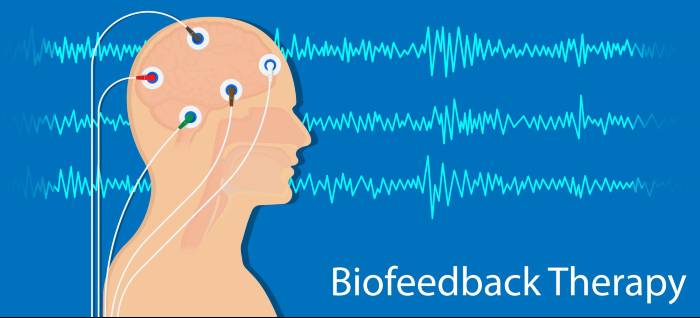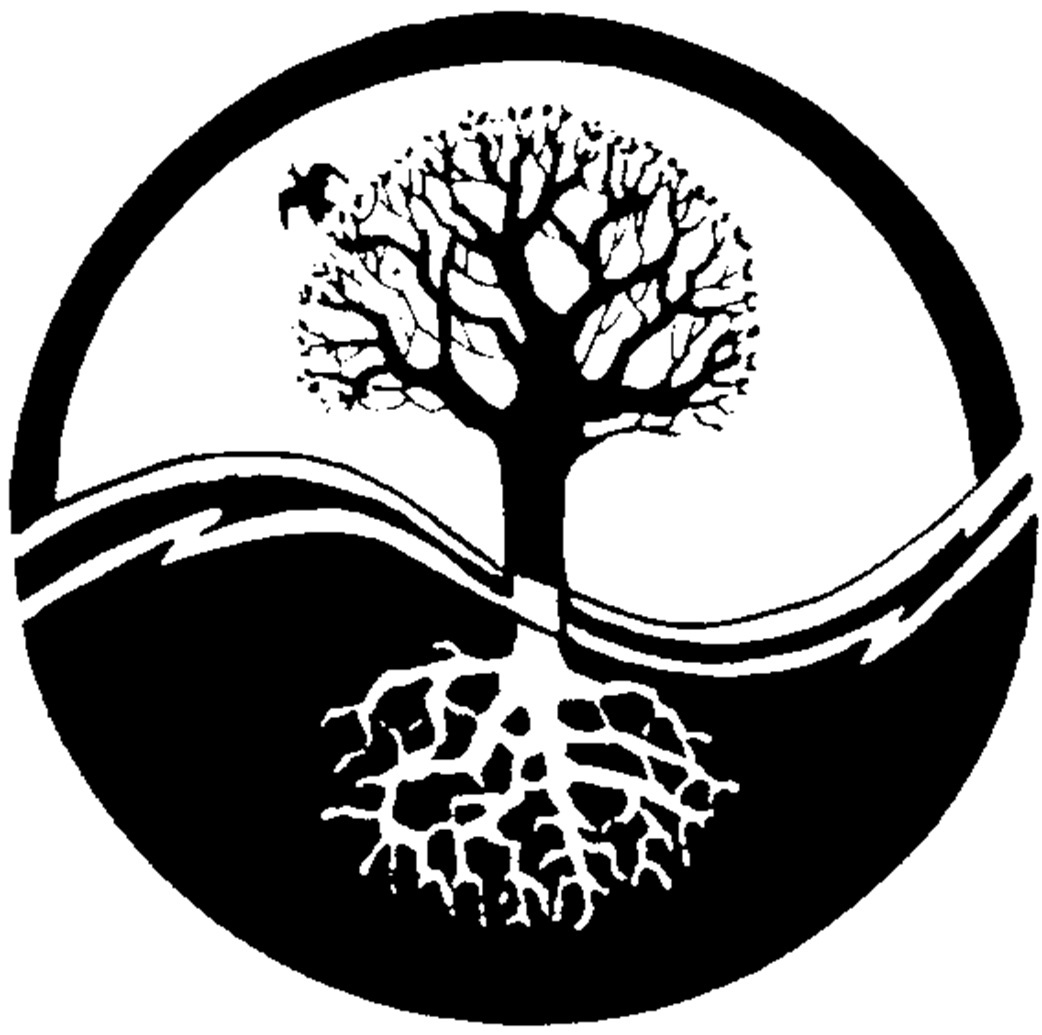Reduce Anxiety with Neurofeedback

Anxiety is an emotionally painful condition that can result from various causes. The impacts from anxiety can differ from person to person, but they are always rooted in a dysregulated brain. Despite the initial cause of anxiety, higher levels of ongoing tension result in a nervous system response known as fight-or-flight. The body adjusts with a set of physiological responses (increased blood pressure, respiration, and heart rate) that are designed to prepare itself for action. Typically, the response would get triggered in the body, a person would resolve the threat, and the body would relax and return to its usual state. When stress is ongoing, the body never gets the opportunity to return to homeostasis and problems associated with ongoing stress increase over time. In addition, this highly reactive state becomes the person’s typical body state and it becomes increasingly difficult to relax.
In fact, many types of problems are related to a dysregulated brain. Poor sleep, anxiety related to various causes such as work, physical illness or injuries, ADHD, cognitive slippage, and depression are a few complaints that can often be effectively addressed through biofeedback.
What is Biofeedback?
Biofeedback is a type of training in which a person is provided with measurements that reveal their underlying body state, such as heart rate, blood pressure, amount of oxygen in the blood, or muscle tension. The goal of biofeedback is to provide a pathway for the individual to learn to control that body state. Few people are tuned into the body at such a deep level, but we can learn to become so. Once we are aware of the body state, we begin to try different techniques to adjust that state, such as heart rate. We can learn to do so by using biofeedback methods.
Once we have developed the skill, we no longer need the measurement tool because we can recognize the subtle body changes that indicate what state we are in. We can then implement the new techniques we learned to alter the state. Biofeedback has shown itself to be very effective with certain conditions. For example, biofeedback can be used to identify the tense muscles that trigger a tension headache. The patient can then learn to specifically relax those muscles, thus reducing the headache.
What is Neurofeedback?
Neurofeedback is a type of biofeedback for the brain. It was first introduced in the 1950’s by 2 independent researchers. Neurofeedback is an evidence-based technique that retrains the brain waves resulting in a more efficiently performing brain. This non-invasive treatment has been studied for decades and found to be most effective with ADHD, anxiety, PTSD, and traumatic brain injury (TBI), though it also helps other conditions.
Neurofeedback is conducted by connecting a computer to an encephalogram (EEG) to provide real-time electrical brain activity feedback which the person can use to teach the brain to better regulate itself. The goal of neurofeedback is to train the brain to shift into a more adaptive brainwave state. It’s kind of like going to the gym for your brain and it requires repeated sessions to effectively impact the brain in a lasting manner.
Assessments
Some individuals have very straightforward concerns, for example, insomnia is usually related to high levels of tension. ADHD is often related to high levels of a specific brain wave located in parts of the brain directing focused attention, causing an unfocused brain state and an inability to focus on the tasks at hand. These conditions can often be treated using a mini-assessment examining 5 specific brain areas. The brain’s performance at these sites can confirm or deny the presence of typical root causes of the problem behaviors. This information can provide the clinician with the details needed to design an effective training protocol.
In contrast, other concerns are more complex, such as traumatic brain injury (TBI) or anxiety related to earlier trauma. Although I perform a mini-assessment for clear-cut cases, complicated cases require a more thorough neurofeedback assessment. These more detailed exams are known as Qualitative EEGs (QEEG) and measure activity at 19 brain sites. This results in a brain map that produces numerous pages of findings that are then compared to the results of people of the same age and gender. These results can be used to better understand the individual’s current brain function across the entire head, as well as to create an individualized treatment protocol to be used in neurofeedback training.
Look for the my next blog to learn more about how I work with neurofeedback requests at Sierra Foothills Brain Connections.
For more information please see the Neurofeedback section on my website, as well as these 2 other helpful references.
https://www.myndlift.com/post/2018/01/23/a-brief-history-of-neurofeedback

